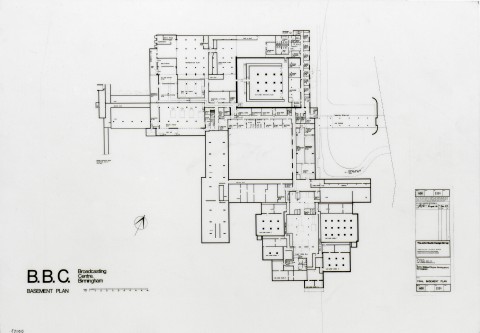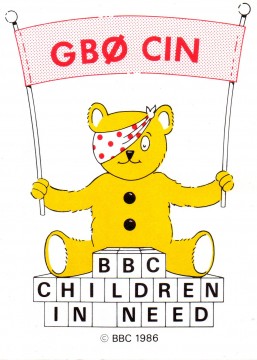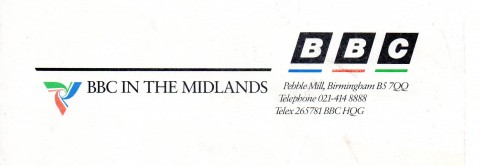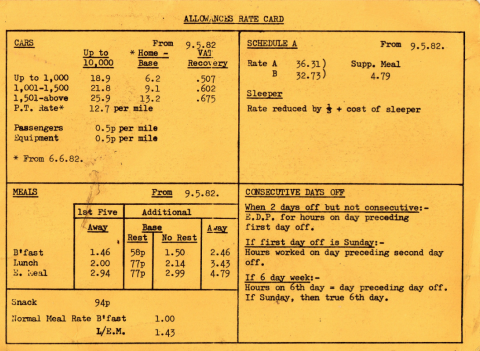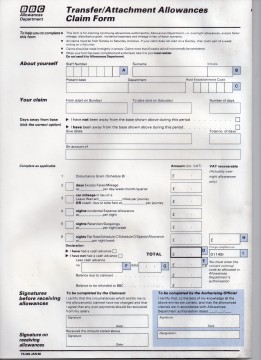Negative, Basement Plan, 1971. This digital resource is available under a Creative Commons CC-BY-SA 3.0 license, with kind permission of the Birmingham & Five Counties Architectural Association Trust, thanks to the Architectus project (part of the Jisc Content Programme 2011-13).
Plan of Pebble Mill’s basement from 1971, by architect John Madin.
The following comments were left on the Pebble Mill Facebook group about the basement:
Stuart Gandy: ‘We had an engineering store room down there. It was right beneath studio A, and quite a trek to get to up some steps and down some others. It was quite an Aladdin’s cave of stuff that had been pensioned off never to be seen again. Every now and again attempts were made to sort it out and it was at it its best just before we moved out!’
Peter Poole: ‘The echo plate room was down there. Also two sub-stations to ensure mains power. If this failed batteries would give a limited supply until the generator started.’
Andrew Hewkin: ‘I went down, with permission, after most staff had left, to see if there was anything worth salvaging. There were literally thousands of sound effects discs, some 78s, many 7-inch. Enough to fill several skips, which is probably what happened.’
Diane Reid: ‘Used as a music location on more than one occasion’
Charles White: ‘it was always rumoured there was a nuclear bunker down there, and a shooting range, true or false ?’
Peter Poole: ‘I fully explored the basement and found no evidence of a nuclear bunker.’
Giles Herbert: ‘The range was not purpose built: It was the passage that ran under to corridor from the bottom of the goods lift by Studio A scene door and ended up near the steps up to the approach to the loading bay outside the security office.’
